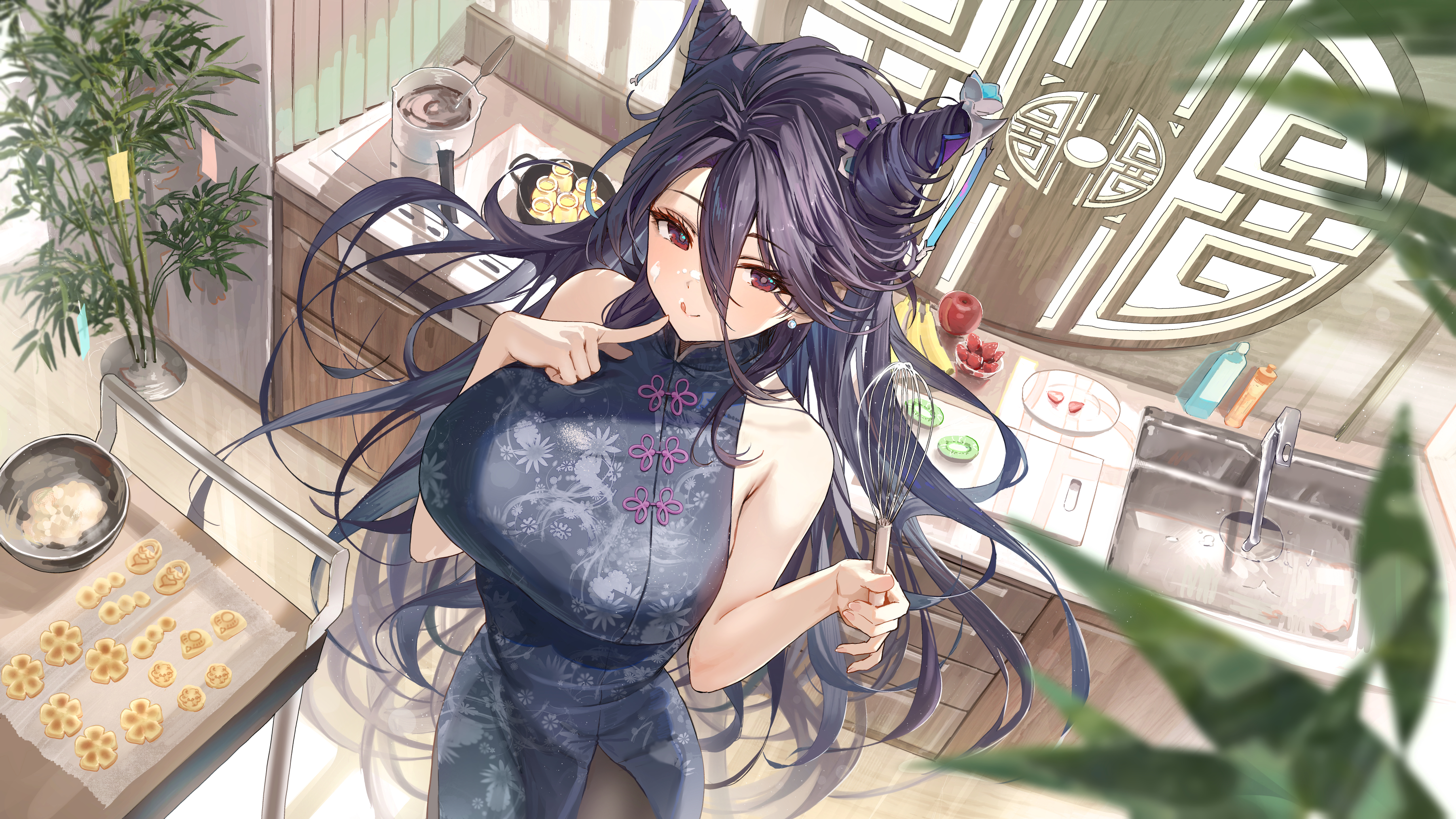Toolbar相比于自带的标题栏,能有更多的扩展性,更为灵活。
现在res/themes/themes.xml中,把自带的标题栏关闭掉:
1
| <style name="Theme.MaterialDemo" parent="Theme.MaterialComponents.Light.NoActionBar">
|
然后在activity_main.xml里面设置布局:
1
2
3
4
5
6
7
8
9
10
11
12
13
14
15
16
17
18
19
20
21
22
23
24
25
26
27
28
| <?xml version="1.0" encoding="utf-8"?>
<androidx.coordinatorlayout.widget.CoordinatorLayout xmlns:android="http://schemas.android.com/apk/res/android"
xmlns:app="http://schemas.android.com/apk/res-auto"
xmlns:tools="http://schemas.android.com/tools"
android:id="@+id/main"
android:layout_width="match_parent"
android:layout_height="match_parent"
tools:context=".view.activity.MainActivity">
<LinearLayout
android:layout_width="match_parent"
android:layout_height="match_parent"
android:orientation="vertical">
<androidx.appcompat.widget.Toolbar
android:id="@+id/toolbar"
android:layout_width="match_parent"
android:layout_height="?attr/actionBarSize"
android:background="?attr/colorPrimary"
android:theme="@style/ThemeOverlay.AppCompat.Dark.ActionBar"
app:popupTheme="@style/ThemeOverlay.AppCompat.Light"
app:layout_scrollFlags="scroll|enterAlways|snap">
</androidx.appcompat.widget.Toolbar>
<include layout="@layout/drawer_layout"/>
</LinearLayout>
</androidx.coordinatorlayout.widget.CoordinatorLayout>
|
其中coordinatorlayout相当于一个加强版的FrameLayout,<include layout="@layout/drawer_layout"/>是在下面引入我们的一个drawerLayout的布局,使用<include layout=""/>可以直接引入布局并且可以直接绑定控件。
然后在MainActivity.kt中:
1
2
3
4
| val toolbar: Toolbar = findViewById(R.id.toolbar)
toolbar.title = "玩Android"
toolbar.setTitleTextColor(Color.WHITE)
setSupportActionBar(toolbar)
|
就完成了对toolbar的设置。
DrawerLayout+NavigationView
DrawerLayout本身就是一种抽屉式布局,我们通常会搭配着NavigationBottom使用,然后抽屉栏里面的布局可以用NavigationView这个自带的布局,可以很容易实现头像加列表的形式,效果如下:

drawer_layout.xml布局如下:
1
2
3
4
5
6
7
8
9
10
11
12
13
14
15
16
17
18
19
20
21
22
23
24
25
26
27
28
| <?xml version="1.0" encoding="utf-8"?>
<androidx.drawerlayout.widget.DrawerLayout xmlns:android="http://schemas.android.com/apk/res/android"
xmlns:app="http://schemas.android.com/apk/res-auto"
android:id="@+id/drawerLayout"
android:layout_width="match_parent"
android:layout_height="match_parent">
<LinearLayout
android:layout_width="match_parent"
android:layout_height="match_parent"
android:orientation="vertical">
<include layout="@layout/homepage"/>
</LinearLayout>
<com.google.android.material.navigation.NavigationView
android:id="@+id/nav_view"
android:layout_width="wrap_content"
android:layout_height="match_parent"
android:layout_gravity="start"
android:fitsSystemWindows="false"
app:headerLayout="@layout/nav_header_main"
app:menu="@menu/activity_main_drawer"/>
</androidx.drawerlayout.widget.DrawerLayout>
|
上面代码中android:layout_gravity="start"这一行是必须指定的,且要与DrawerLayout的打开方式一样
其中列表使用的是menu资源,activity_main_drawer.xml内容如下:
1
2
3
4
5
6
7
8
9
10
11
| <?xml version="1.0" encoding="utf-8"?>
<menu xmlns:android="http://schemas.android.com/apk/res/android"
xmlns:tools="http://schemas.android.com/tools"
tools:showIn="navigation_view">
<group android:checkableBehavior="single">
<item
android:id="@+id/nav_about"
android:icon="@drawable/ic_about"
android:title="关于" />
</group>
</menu>
|
MainActivity.kt里面的设置:
1
2
3
4
5
6
7
8
9
10
11
12
13
14
15
16
17
18
19
20
21
22
23
24
25
26
27
28
29
30
31
32
33
34
35
36
37
38
39
40
41
42
43
44
45
46
47
48
| private fun setNavigationColumn() {
val drawerLayout: DrawerLayout = findViewById(R.id.drawerLayout)
val toolbar: Toolbar = findViewById(R.id.toolbar)
toolbar.title = "玩Android"
toolbar.setTitleTextColor(Color.WHITE)
setSupportActionBar(toolbar)
supportActionBar?.let {
it.setDisplayHomeAsUpEnabled(true)
it.setHomeAsUpIndicator(R.drawable.ic_menu)
}
fun closeDrawer() {
drawerLayout.closeDrawer(findViewById(R.id.nav_view))
}
findViewById<NavigationView>(R.id.nav_view).setNavigationItemSelectedListener { menuItem ->
when (menuItem.itemId) {
R.id.nav_about -> {
val intent = Intent(this, AboutActivity::class.java)
startActivity(intent)
}
}
closeDrawer()
true
}
toggle = object :
ActionBarDrawerToggle(this, drawerLayout, R.string.app_name, R.string.app_name) {
override fun onDrawerClosed(drawerView: View) {
super.onDrawerClosed(drawerView)
}
override fun onDrawerOpened(drawerView: View) {
super.onDrawerOpened(drawerView)
}
}
toggle.syncState()
drawerLayout.addDrawerListener(toggle)
}
|
而homepage页面我们则采用BottomNavigationView+ViewPager2的形式。
homepage.xml:
1
2
3
4
5
6
7
8
9
10
11
12
13
14
15
16
17
18
19
20
21
22
23
24
25
26
27
28
29
30
| <?xml version="1.0" encoding="utf-8"?>
<androidx.constraintlayout.widget.ConstraintLayout xmlns:android="http://schemas.android.com/apk/res/android"
xmlns:app="http://schemas.android.com/apk/res-auto"
xmlns:tools="http://schemas.android.com/tools"
android:layout_width="match_parent"
android:layout_height="match_parent">
<com.google.android.material.bottomnavigation.BottomNavigationView
android:id="@+id/homepage_navigation_bottom"
android:layout_width="0dp"
android:layout_height="wrap_content"
app:itemTextColor="@color/nav_bottom_text_select"
app:labelVisibilityMode="labeled"
app:layout_constraintBottom_toBottomOf="parent"
app:layout_constraintEnd_toEndOf="parent"
app:layout_constraintStart_toStartOf="parent"
app:menu="@menu/menu_bottom" />
<androidx.viewpager2.widget.ViewPager2
android:id="@+id/bottom_navigation_viewpage2"
android:layout_width="match_parent"
android:layout_height="match_parent"
app:layout_constraintBottom_toTopOf="@+id/homepage_navigation_bottom"
app:layout_constraintEnd_toEndOf="parent"
app:layout_constraintHorizontal_bias="1.0"
app:layout_constraintStart_toStartOf="parent"
app:layout_constraintTop_toTopOf="parent"
app:layout_constraintVertical_bias="0.0" />
</androidx.constraintlayout.widget.ConstraintLayout>
|
上面的@menu/menu_bottom也是菜单资源文件,加载了底部导航按钮:
1
2
3
4
5
6
7
8
9
10
11
12
13
14
15
16
17
| <?xml version="1.0" encoding="utf-8"?>
<menu xmlns:android="http://schemas.android.com/apk/res/android">
<item
android:id="@+id/bottom_home"
android:icon="@drawable/bottom_home"
android:title="首页"/>
<item
android:id="@+id/bottom_public"
android:icon="@drawable/bottom_public"
android:title="公众号" />
<item
android:id="@+id/bottom_navigation"
android:icon="@drawable/bottom_navigation"
android:title="导航"/>
</menu>
|
ViewPager2的Adapter:
1
2
3
4
5
6
7
8
9
10
11
12
13
14
15
16
17
| package com.generlas.winterexam.view.adapter
import androidx.fragment.app.Fragment
import androidx.fragment.app.FragmentActivity
import androidx.viewpager2.adapter.FragmentStateAdapter
class ViewPager2Adapter(fragment: FragmentActivity, private val list: MutableList<Fragment>) :
FragmentStateAdapter(fragment) {
override fun getItemCount(): Int {
return list.size
}
override fun createFragment(position: Int): Fragment {
return list[position]
}
}
|
因为切换的是fragment,所以直接继承FragmentStateAdapter。
MainActivity.kt:
1
2
3
4
5
6
7
8
9
10
11
12
13
14
15
16
17
18
19
20
21
22
23
24
25
26
27
28
29
30
31
32
33
34
35
36
37
38
39
40
41
42
43
44
45
|
private fun setBottomNavigation() {
val mNavBottom: BottomNavigationView = findViewById(R.id.homepage_navigation_bottom)
val mBottomViewpager2: ViewPager2 = findViewById(R.id.bottom_navigation_viewpage2)
mNavBottom.itemIconTintList = null
val fragmentList: MutableList<Fragment> = ArrayList()
fragmentList.add(HomeFragment())
fragmentList.add(PublicFragment())
fragmentList.add(NavigationFragment())
mBottomViewpager2.adapter = ViewPager2Adapter(this, fragmentList)
mBottomViewpager2.isUserInputEnabled = false
mBottomViewpager2.registerOnPageChangeCallback(object : ViewPager2.OnPageChangeCallback() {
override fun onPageSelected(position: Int) {
super.onPageSelected(position)
mNavBottom.menu.getItem(position).isChecked = true
}
})
mNavBottom.setOnItemSelectedListener { item ->
when (item.itemId) {
R.id.bottom_home -> {
mBottomViewpager2.currentItem = 0
return@setOnItemSelectedListener true
}
R.id.bottom_public -> {
mBottomViewpager2.currentItem = 1
return@setOnItemSelectedListener true
}
R.id.bottom_navigation -> {
mBottomViewpager2.currentItem = 2
return@setOnItemSelectedListener true
}
}
false
}
}
|

如上图所示,toolbar能自定义添加按钮(如搜索按钮)
只需要在MainActivity.kt中添加:
1
2
3
4
5
6
7
8
9
10
11
12
13
14
15
16
17
18
19
20
21
22
23
24
|
override fun onOptionsItemSelected(item: MenuItem): Boolean {
if (toggle.onOptionsItemSelected(item)) {
return true
}
return when (item.itemId) {
R.id.search -> {
val intent = Intent(this, SearchActivity::class.java)
startActivity(intent)
true
}
else -> super.onOptionsItemSelected(item)
}
}
override fun onCreateOptionsMenu(menu: Menu?): Boolean {
menuInflater.inflate(R.menu.menu_toolbar_main, menu)
return true
}
|
同样也需要添加目录资源menu_toolbar_main.xml:
1
2
3
4
5
6
7
8
9
| <?xml version="1.0" encoding="utf-8"?>
<menu xmlns:android="http://schemas.android.com/apk/res/android"
xmlns:app="http://schemas.android.com/apk/res-auto">
<item
android:id="@+id/search"
android:icon="@drawable/ic_search"
android:title="search"
app:showAsAction="always"/>
</menu>
|
通过上述方法,你就可以很容易搭建起一个基本的页面框架了。






